全部商品分类
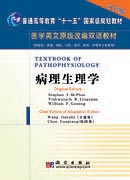
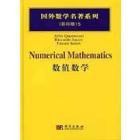
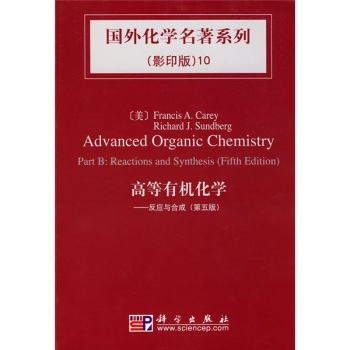
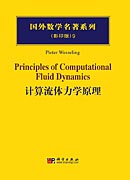
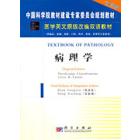
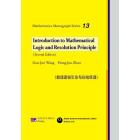
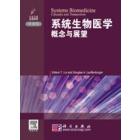
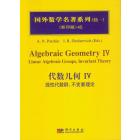
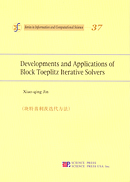
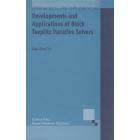

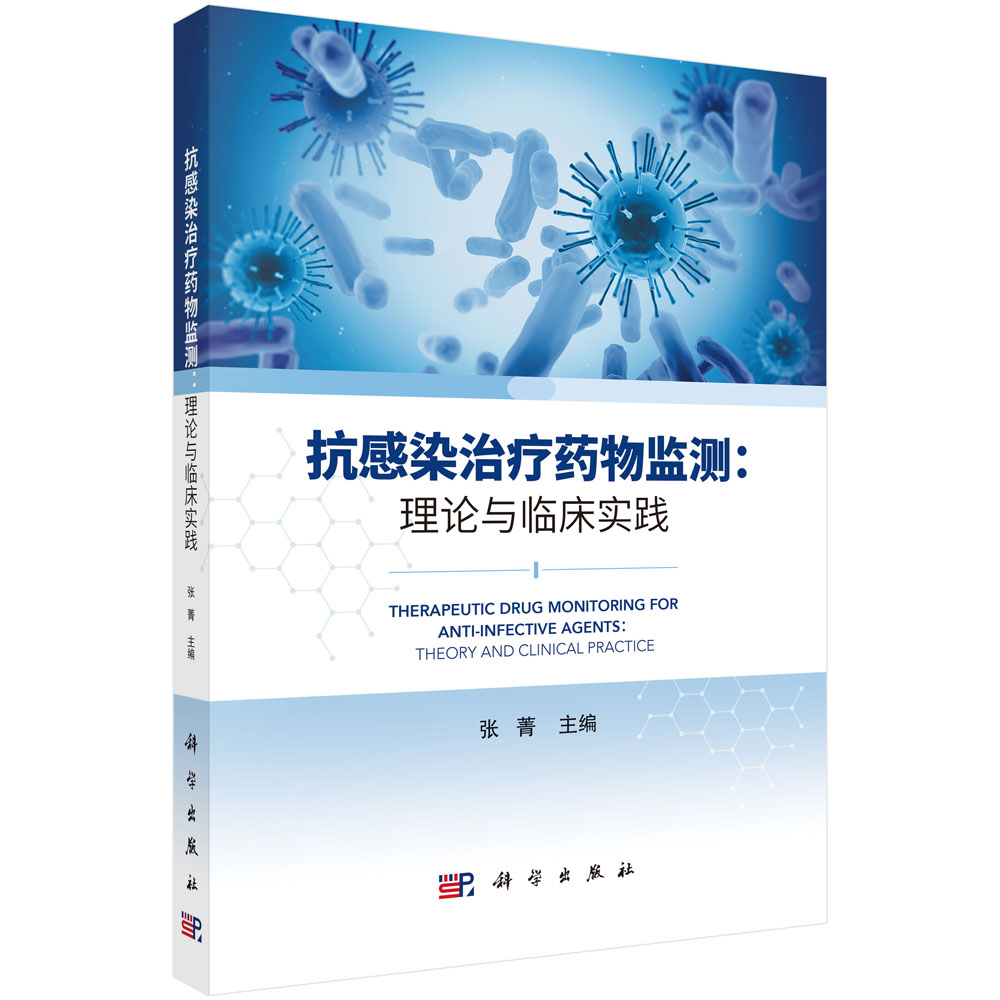

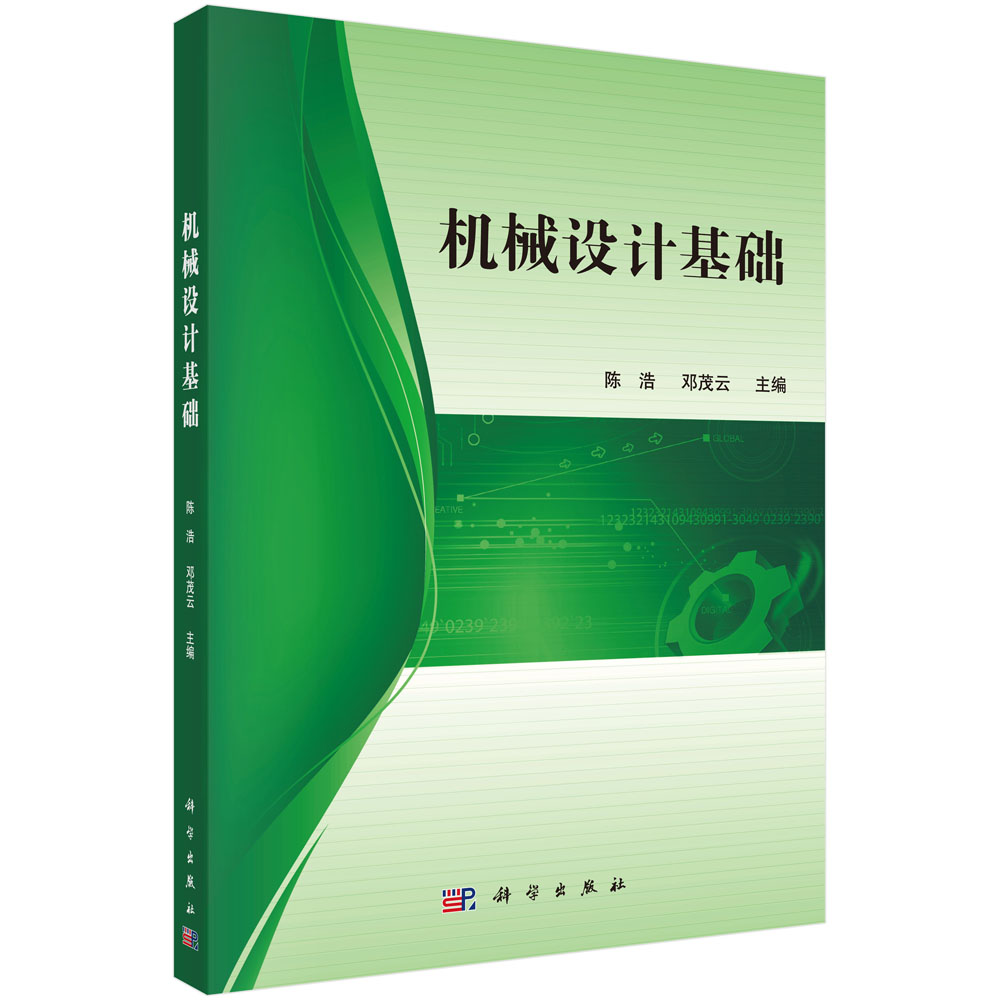





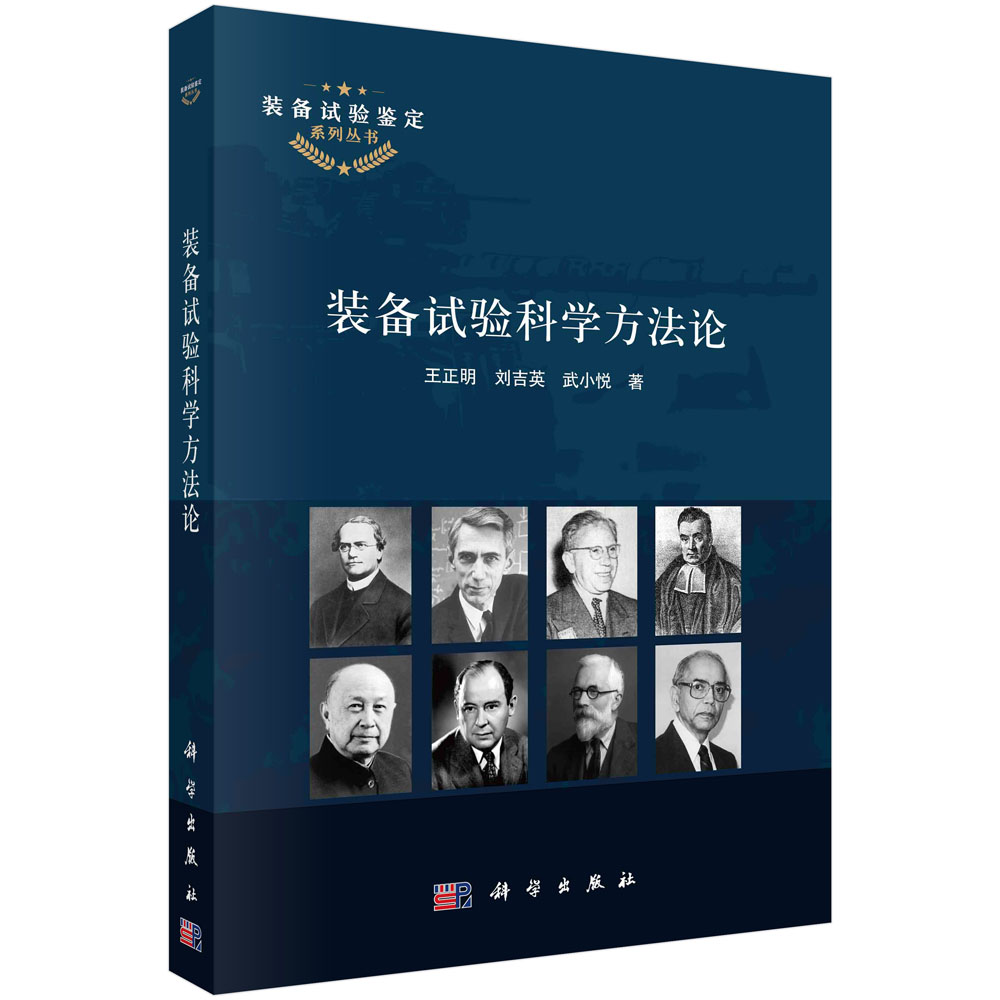
This series of books are the output of the research project called\\\\\\\"Sustainable Development in Asia(SDA)\\\\\\\",which was initiated by the Association of Academies of Sciences in Asia(AASA).They are comprised of one synthesis report,which entitled Towards a Sustainable Asia:Green Transition and Innovation,and four thematicreports on natural resourcees,energy,the environment and climate change,and culture form particular perspectives of agriculture.
They aim to:1)investigate common sustainability issues faced by all Asian countries,including population increase,poverty alleviation,pollution control,ecological restoration,as well as regional problems,such as water shortage in West and Central Asia,energy security in Northeast Asia,development model&transformation in East Asia;2)analyze and summarize of best practices towards sustainable development in Asia;3)bring forward suggestions and policy options for promoting green transition,system innovation and sustainable development of Asia.
With best practice guidelines for a sustainable Asia,this series of reports,for the first time systematically address the common challenges and regional problems in regard to Asia\\\\\\\'s natural resources use,pollution reduction and climate protection,sustainable energy development,and innovations for environment-friendly and culture-compatible agriculture.They will provide handy and useful information to researchers,government policy makers and the general public who have concerns about Asia\\\\\\\'s sustainable development.
AASA is a scientific and technological organization in Asia,established in 2000,comprising of 26 member academies all over Asia.Its vision is to provide a forum for the discussion of all issues relevant to science and technology development and its application on national level within Asia.
样章试读
- 暂时还没有任何用户评论
全部咨询(共0条问答)
- 暂时还没有任何用户咨询内容